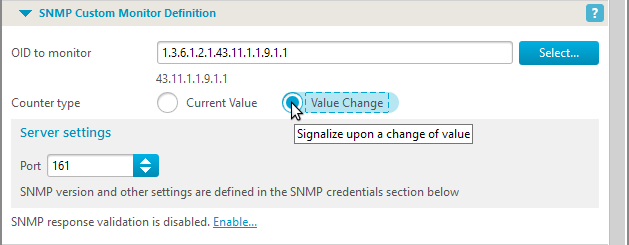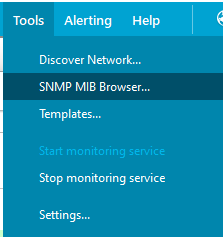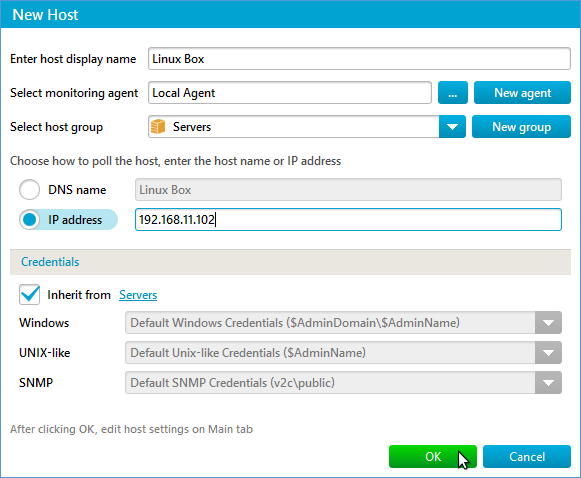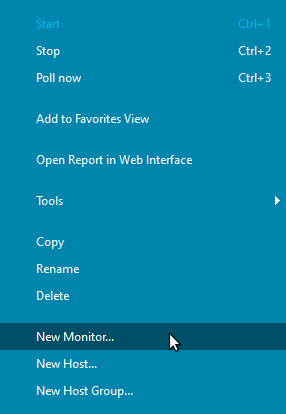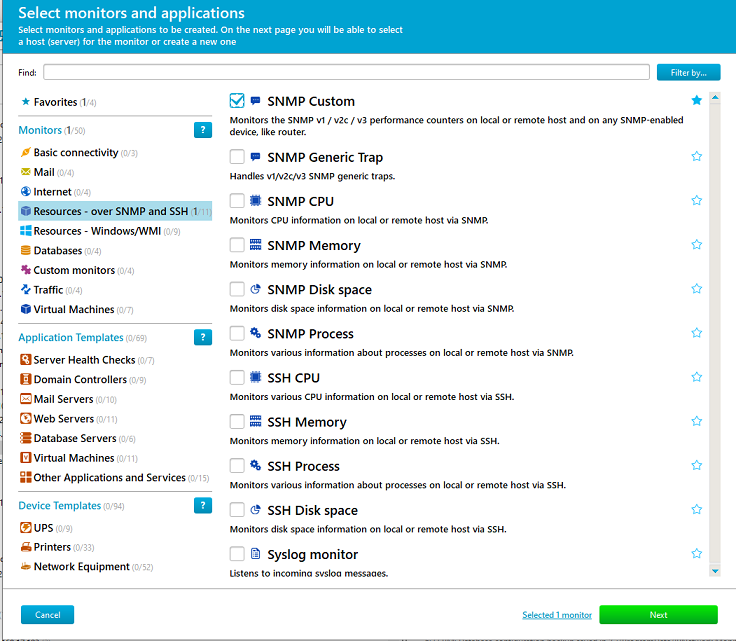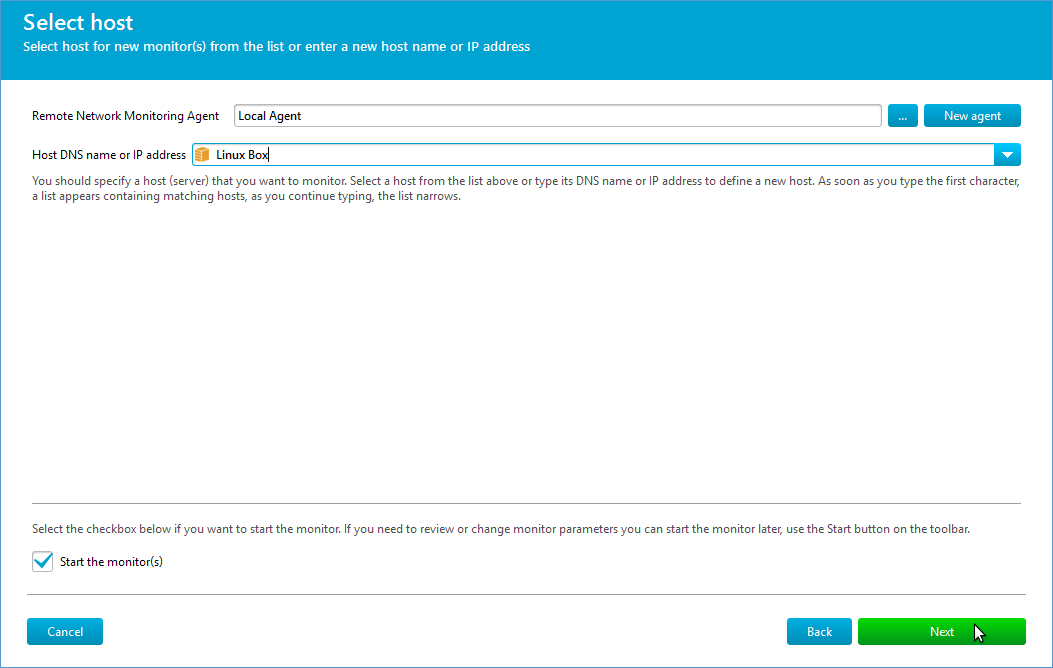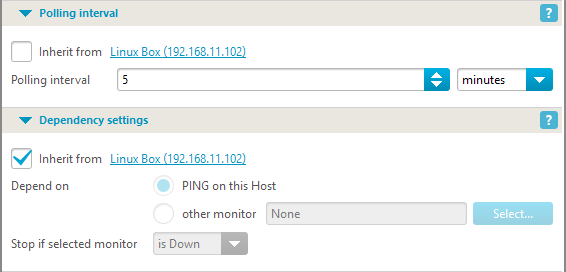In this brief guide, we’ll configure an SNMP monitor to track the administrative status of a network interface (testing, up, or down). Click the thumbnails to see the full-sized images.
Introduction
Starting SNMP Services on the Target Host
| This tutorial does not cover setting up, configuring, or starting SNMP services on the monitored host.
Note that not all devices support IP statistics parameters. Verify support before proceeding. Most network devices, computers, etc., do offer this functionality. Consult documentation for software like net-snmp and/or firewall configurations for secure SNMP setup. This tutorial assumes you’ve configured SNMP services and granted access to the IPNetwork Monitor machine. |
SNMP Monitor Creation
Configuring Monitoring Parameters
| Open the MIB browser (see instructions above).
Without the correct MIB file (IP-MIB or rfc1213), the browser will display limited information. Download the MIB, click “MIBs,” and check if it’s loaded. |
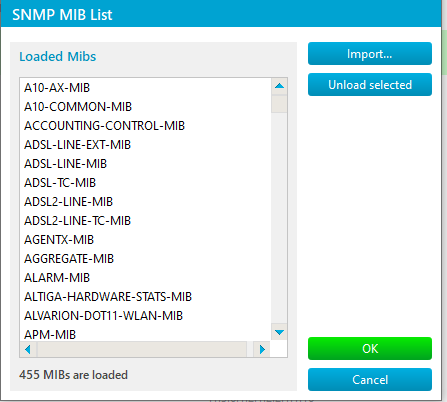 |
| If the MIB isn’t listed, place it in %ProgramData%\IPNetwork Monitor\mibs and click “Import.” Select the file and click “Open.” |  |
| Refresh the browser view. To locate interface admin status OIDs, type “Admin” in the “Find” field. This filters results to matching entries.
Note: Multiple interfaces may exist. We select the first ifAdminStatus entry. Refer to other IF-MIB entries to verify the correct interface. You can monitor other entries too; all key interface entries should be monitored. Select the entry and click “OK.” |
 |
| Configure the monitor to trigger alerts for status changes from ‘up.’
Access the State Conditions tab. A warning occurs when the parameter is suboptimal, but not critical. A down state signifies a major issue (interface down). These entries are read/write, enabling interface control via SNMP. Here, ‘testing’ (3) triggers a warning, and ‘down’ (2) signals a serious problem. For more on alerts, see the Alerting and Actions section of our guide. |
 |


